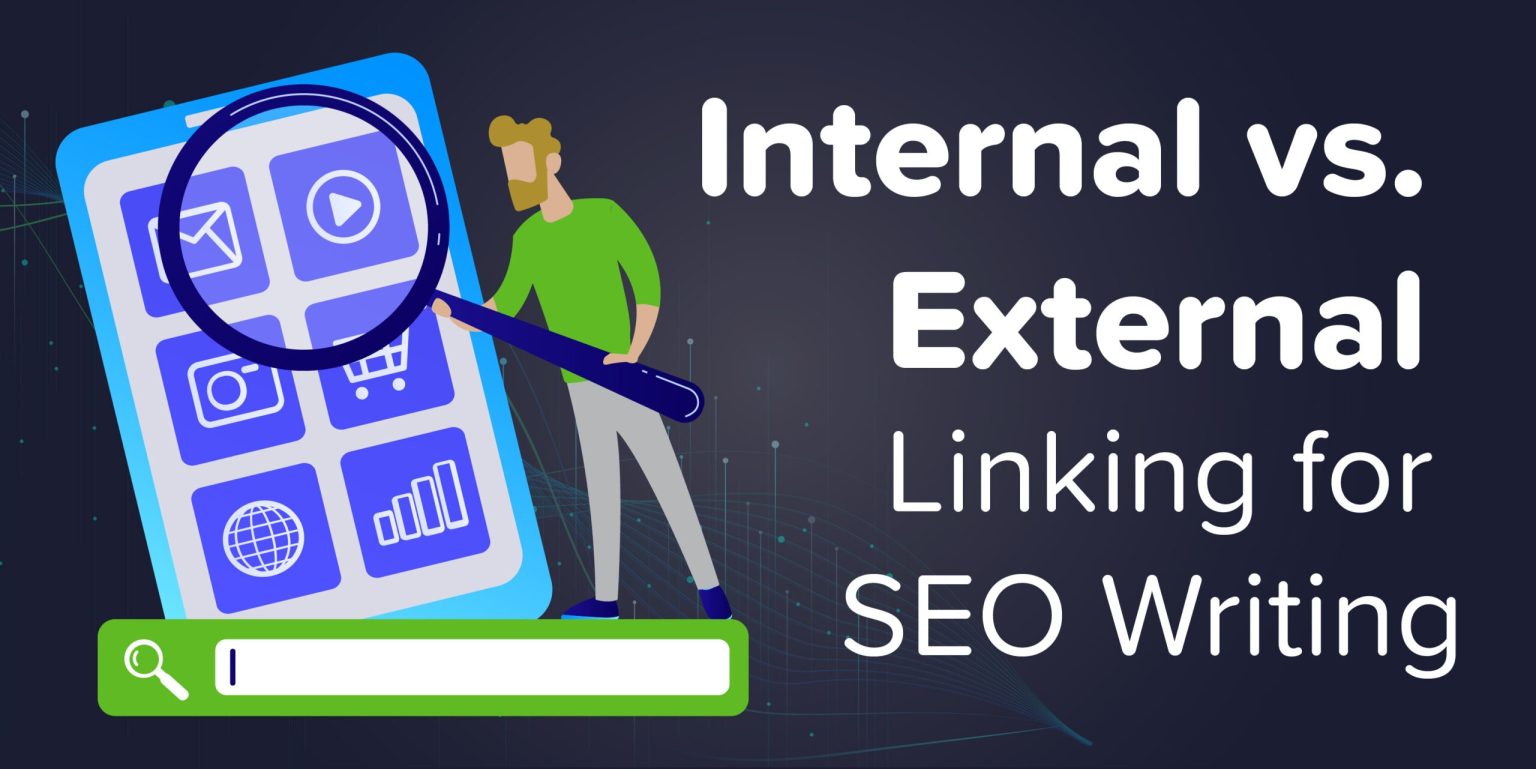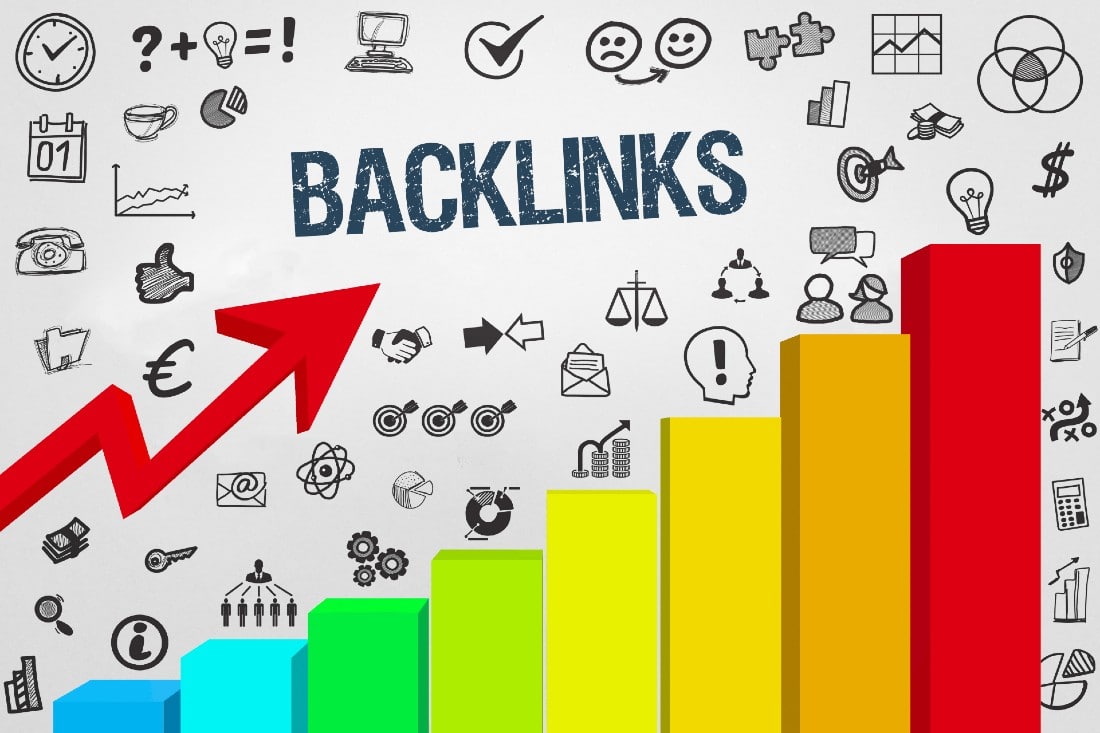In today’s digital landscape, mastering Search Engine Optimization (SEO) is crucial for driving traffic and improving the visibility of websites. One of the most effective strategies in SEO involves the use of internal and external links. These links help to boost your site’s ranking on search engines like Google, improve user experience, and increase credibility. The significance of Internal and External Links, their differences, and how they can be effectively used in SEO.
What Are Internal Links?
Internal links are hyperlinks that point to pages within the same website. When you link from one page on your site to another, you create an internal link. This allows users and search engines to navigate and understand the structure of your website. For instance, if you are on an article about “Best SEO Practices” and link to a related article on “Keyword Research,” that is an internal link.
Why Are Internal Links Important?
Internal links play a crucial role in spreading link equity (sometimes called “link juice”) across the website. They also help search engines like Google crawl and index your site more effectively, leading to better rankings. Moreover, internal links encourage users to explore more content on your site, keeping them engaged for longer, which can improve user experience and reduce bounce rates.
What Are External Links?
External links, also known as outbound links, point from your website to another website. These links provide users with additional resources and a signal to search engines that your site is well-researched and trustworthy. For example, if you’re writing an article about climate change and reference an authoritative source like the United Nations Climate Change page, that is an external link.
How Do External Links Benefit SEO?
External links are crucial for building up validity and specialists. When you link to reputable and relevant websites, it tells search engines that your site is trustworthy. Google and other search engines often reward sites that cite credible sources with higher rankings. However, it is essential to ensure that the external links you use are high-quality and relevant to your content. Linking to poor or spammy websites can hurt your SEO rather than help it.
The Difference Between Internal and External Links
Although both types of links are important for SEO, their purposes are slightly different.
Internal links improve website navigation and structure, helping users stay on your site longer.
External links provide additional resources and build credibility by linking to other authoritative sites.
Both types of links work together to create a more comprehensive and valuable website.
Best Practices for Using Internal Links
When utilizing internal links, there are a few best hones to be beyond any doubt :
Anchor Text: Use descriptive anchor text that tells users and search engines what the linked page is about.
Relevant Pages: As it were link to pages that are pertinent to the content. This ensures a smoother user experience.
Link Depth: Try to link to deeper pages within your site to help them get discovered by search engines and users alike.
Avoid Overlinking: Don’t overuse internal links, as it can confuse users and dilute the value of each link.
Best Practices for Using External Links
When using external links, keep these points in mind:
Link to Authoritative Sources: Ensure that the websites you link to are reputable and provide value to your readers.
Relevant Content: Only link to content that is relevant to your topic. Irrelevant external links can confuse readers and damage your credibility.
Check for Broken Links: Regularly check your external links to ensure they are not broken or outdated.
How Many Links Should You Use?
There is no hard rule on how many internal or external links you should use, but striking a balance is essential. Overloading a page with links can overwhelm users, while too few can limit the flow of information. 2–5 per page for internal links is often recommended, depending on the content length. For external links, 1–3 well-placed links to authoritative sources should suffice.
Monitoring Link Performance
It’s essential to monitor the performance of your internal and external links. Tools like Google Analytics can help you track user behavior, such as how often links are clicked and whether they lead to conversions or other desired actions. By understanding how users interact with your links, you can fine-tune your SEO strategy to maximize the impact of both internal and external links.
Conclusion
Internal and external links are both critical elements in an effective SEO strategy. Internal links help improve the structure and navigation of your site, ensuring that users and search engines can access your content easily. External links, on the other hand, build credibility and authority by referencing trusted sources.










